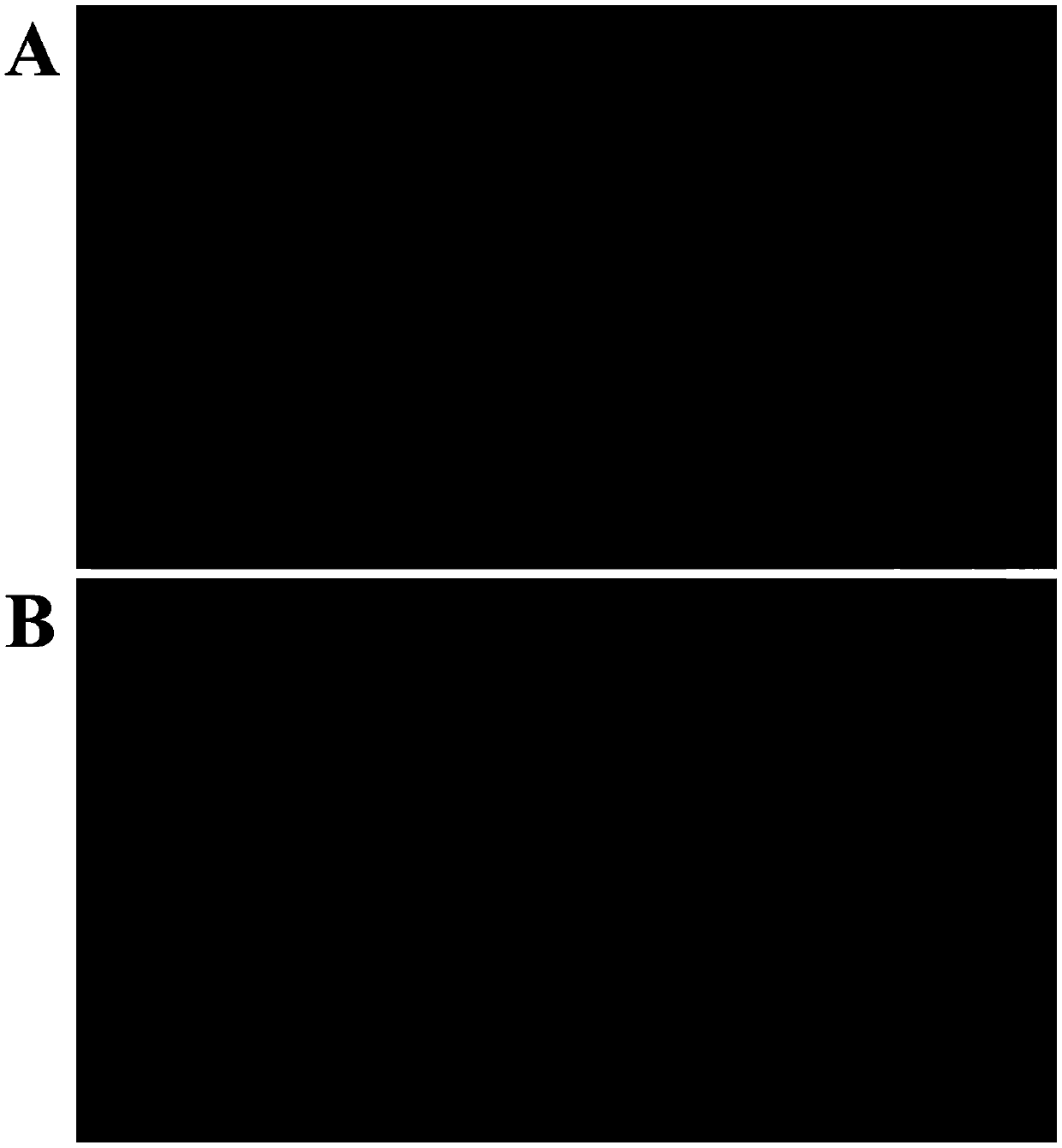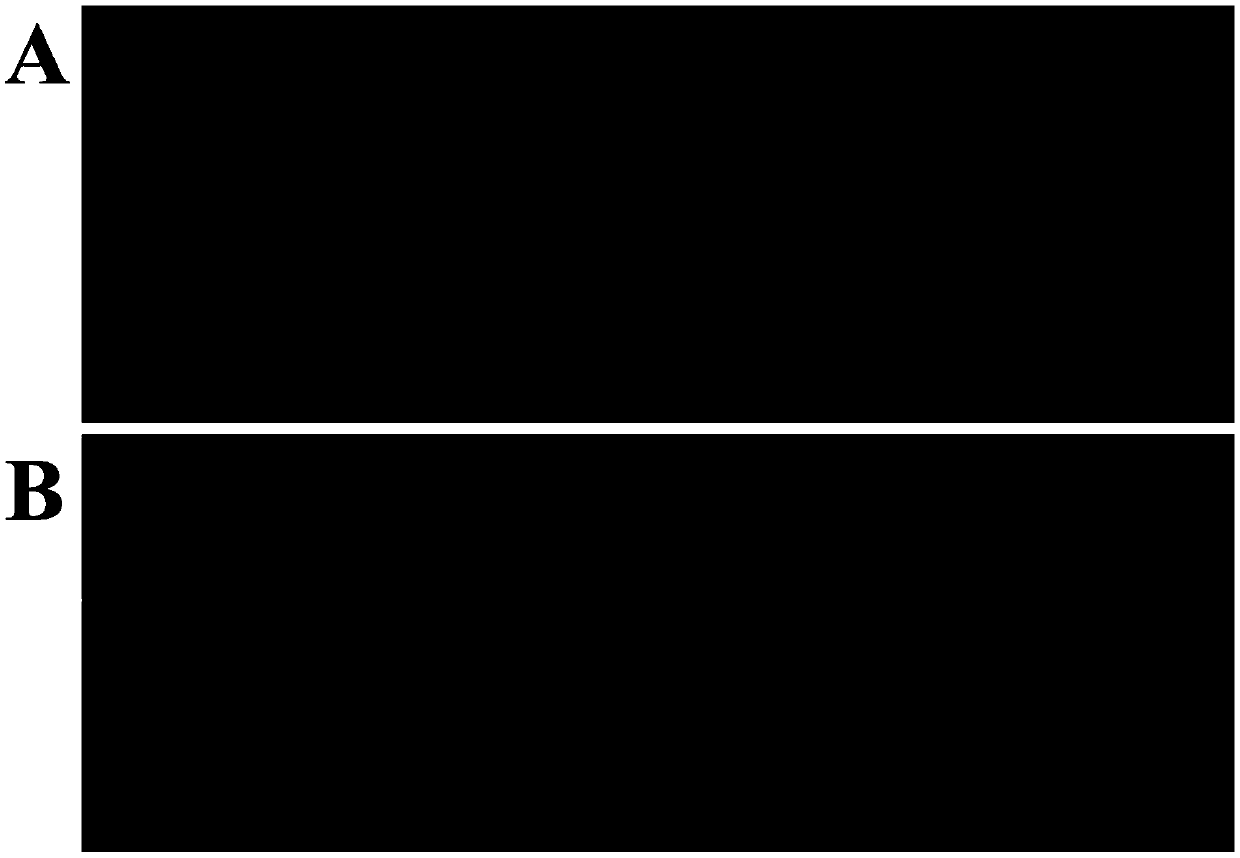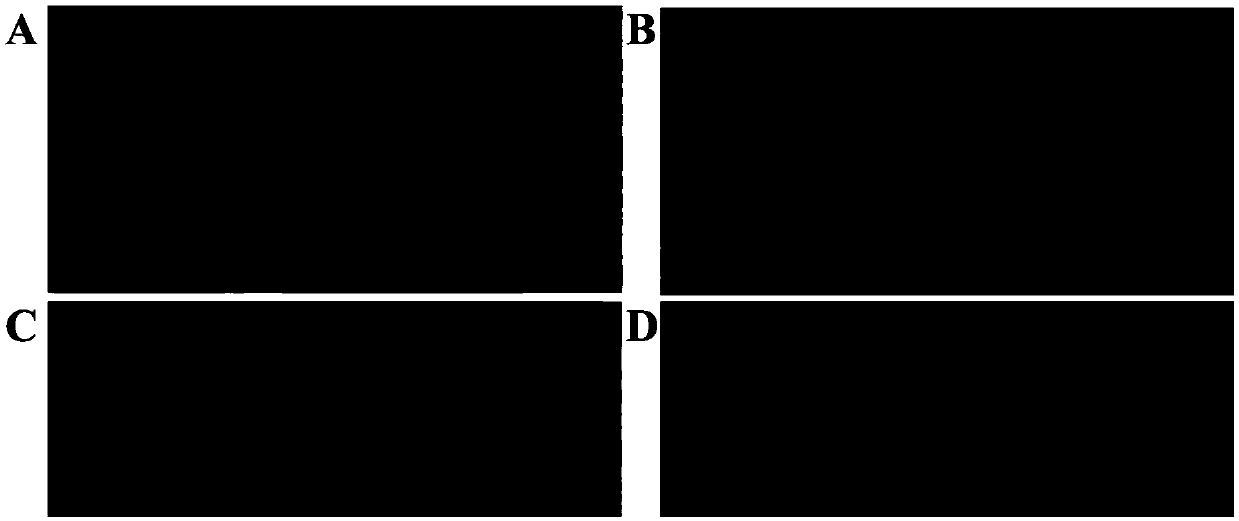Rapid genotype identification method suitable for map-based cloning
A map-based cloning and identification method technology, applied in the field of genetics, can solve problems such as time-consuming and duplication of genotype identification methods, and achieve the effects of accelerating work progress, reducing duplication of labor, and saving cost and time
- Summary
- Abstract
- Description
- Claims
- Application Information
AI Technical Summary
Problems solved by technology
Method used
Image
Examples
Embodiment 1
[0033] The genotype rapid identification method suitable for map-based cloning described in this embodiment comprises the following steps:
[0034] (1) Boil the towel in boiling water for 15 minutes, remove it after cooling thoroughly, and spread half of it on the bottom of a plastic box with a length of about 25 cm and a width of about 18 cm; Then spread the seeds (about 500 or so) evenly on the towel; the other half of the towel is covered on the seeds. Place the plastic box in a light incubator for cultivation (25°C, 16 hours of light, 8 hours of darkness);
[0035] (2) Sampling was taken at 7-10 days after germination, and each corn seedling was taken to a length of about 1cm above the growth point and put into a 2ml centrifuge tube (numbered in advance; stainless steel beads were installed, diameter 6mm), and each centrifuge tube put 10 Corn seedling samples (numbered 1-10 in sequence); get a repetition, and set aside later;
[0036] (3) Break the sample with a tissue d...
Embodiment 2
[0053] The genotype rapid identification method suitable for map-based cloning described in this embodiment comprises the following steps:
[0054] (1) Boil the towel in boiling water for 15 minutes, remove it after cooling thoroughly, and spread half of it on the bottom of a plastic box about 25cm long and 18cm wide; the shrunken endosperm grains are first soaked with ultra-pure water 2-3 times, Then spread the seeds (about 500 or so) evenly on the towel; the other half of the towel is covered on the seeds. Place the plastic box in a light incubator for cultivation (25°C, 16 hours of light, 8 hours of darkness);
[0055] (2) Sampling was taken at 7-10 days after germination, and each corn seedling was taken to a length of about 1cm above the growth point and put into a 2ml centrifuge tube (numbered in advance; stainless steel beads were installed, diameter 6mm), and each centrifuge tube put 10 Corn seedling samples (numbered 1-10 in sequence); get a repetition, and set aside...
Embodiment 3
[0073] The genotype rapid identification method suitable for map-based cloning described in this embodiment comprises the following steps:
[0074] (1) Boil the towel in boiling water for 15 minutes, remove it after cooling thoroughly, and spread half of it on the bottom of a plastic box about 25cm long and 18cm wide; the shrunken endosperm grains are first soaked with ultra-pure water 2-3 times, Then spread the seeds (about 500 or so) evenly on the towel; the other half of the towel is covered on the seeds. Place the plastic box in a light incubator for cultivation (25°C, 16 hours of light, 8 hours of darkness);
[0075] (2) Sampling was taken at 7-10 days after germination, and each corn seedling was taken to a length of about 1cm above the growth point and put into a 2ml centrifuge tube (numbered in advance; stainless steel beads were installed, diameter 6mm), and each centrifuge tube put 10 Corn seedling samples (numbered 1-10 in sequence); get a repetition, and set aside...
PUM
 Login to View More
Login to View More Abstract
Description
Claims
Application Information
 Login to View More
Login to View More - R&D
- Intellectual Property
- Life Sciences
- Materials
- Tech Scout
- Unparalleled Data Quality
- Higher Quality Content
- 60% Fewer Hallucinations
Browse by: Latest US Patents, China's latest patents, Technical Efficacy Thesaurus, Application Domain, Technology Topic, Popular Technical Reports.
© 2025 PatSnap. All rights reserved.Legal|Privacy policy|Modern Slavery Act Transparency Statement|Sitemap|About US| Contact US: help@patsnap.com



